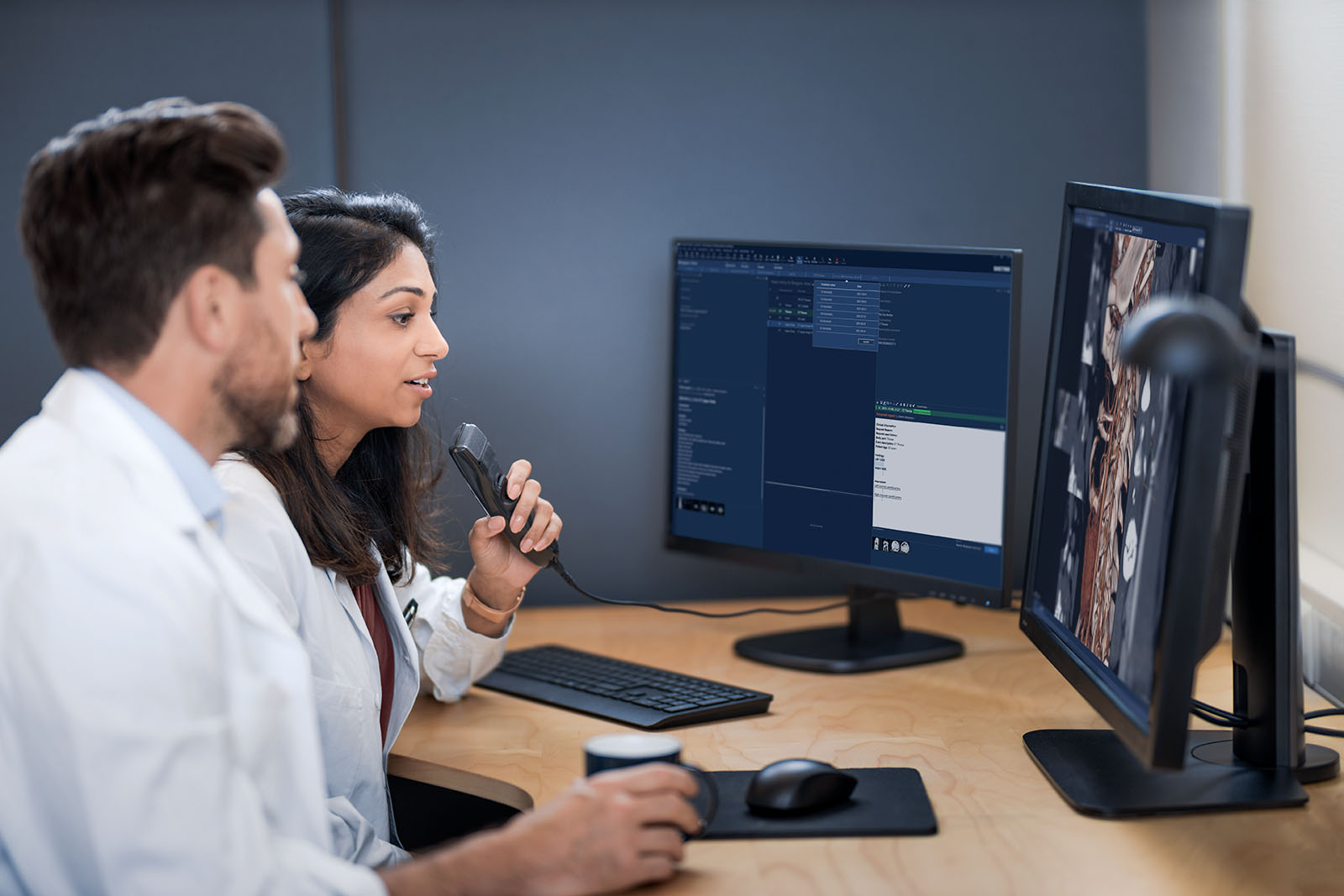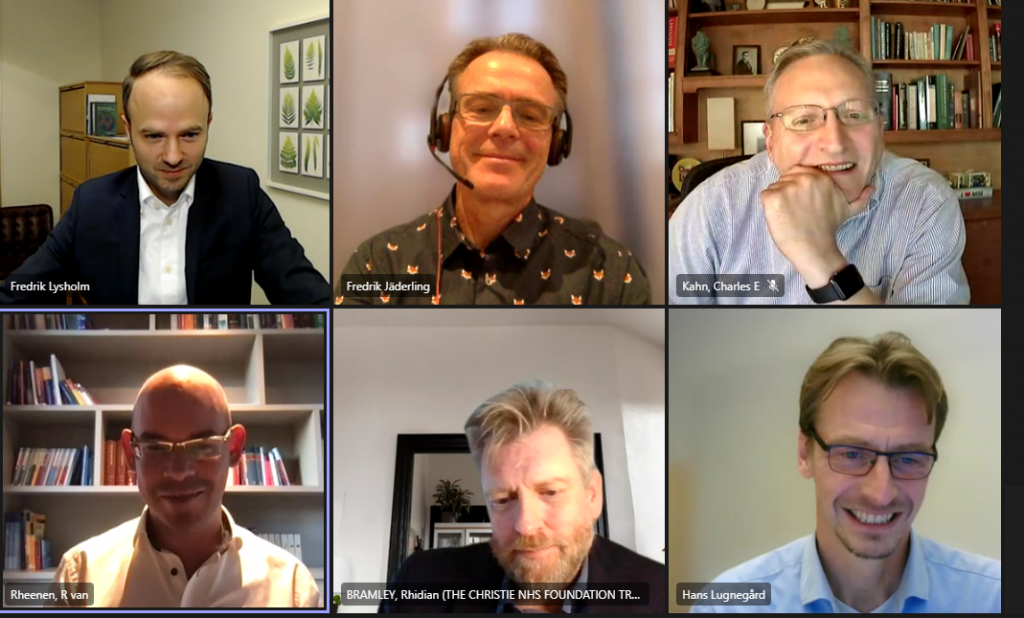The keys to structured reporting integration
Before the wide-scale benefits of structured reporting can be realized, these systems must first be adopted and implemented within health systems. Implementing structured reporting very often also requires health professionals to change and evolve their workflows to adopt these new technologies.
To make this transition, solution engineers must understand the needs of these professionals and the efficiency of their systems and provide both short-term and long-term professional benefits. Our four panelists weighed in on three keys to integrating structured reporting within radiology.
Health professional-specific reports and templates
What scanning technology is being utilized? What are you scanning? Why are you scanning it, and what are you looking for? Who will receive the report, and for what purposes? These questions are all important aspects that must be considered and adapted if a structured reporting template is to provide value for the radiologists.
In order to not limit the health professional’s reporting options, data templates must be comprehensive, dynamic, and flexible. “If you’re the oncologist or the surgeon, you want exquisitely detailed information so that you can plan therapy appropriately. If you’re the general practitioner, maybe you just want the high-level overview of what’s going on, but you don’t need to know the surgically relevant anatomy,” explains Dr. Kahn.
While Professor Kahn spoke about template customization for the intended audience, Dr. Rheenen conveyed his frustration at building templates for the myriad of needs and purposes of medical imaging: “I tried to create templates for radiology and I hit a brick wall because a lot of people wanted different things and they couldn’t agree on how things would work, so it was just a medley of people who disagreed. It was chaos.”
Can numerical and discrete data tell the whole story?
While structured reporting makes it possible to collect big data and analyze statistics on a massive scale, the four participants were quick to note the nuances of radiology that cannot be captured through numbers, classifications, or drop-down menus.
Even with Dr. Jäderling’s years of experience with customized templates and structured reporting, he noted the need for free-text, narrative fields: “There are some points where you are uncertain of your findings but are leaning more towards something. In those cases, classifications are not enough. But you can still do the classification and also provide some free wording or free text in order to acknowledge the difficulties or whatever you’re experiencing when assessing the images.”
Patient care comes down to more than just statistics and categorized values, and all four participants agreed that templates will nevertheless require free-text fields within standard reporting practices.
As Dr. Bradley put it, this allows for “human interpretation.” “Obviously, we will be collecting data, but we also need to provide knowledge, insight, and interpretation, and some of that requires free text, but it’s much more of a contextualized summary. You have to answer the clinical questions, but the data to get there can be structured to support machine learning and serial presentation of data while at the same time allowing us to provide a human interpretation,” explained Dr. Bradley.






